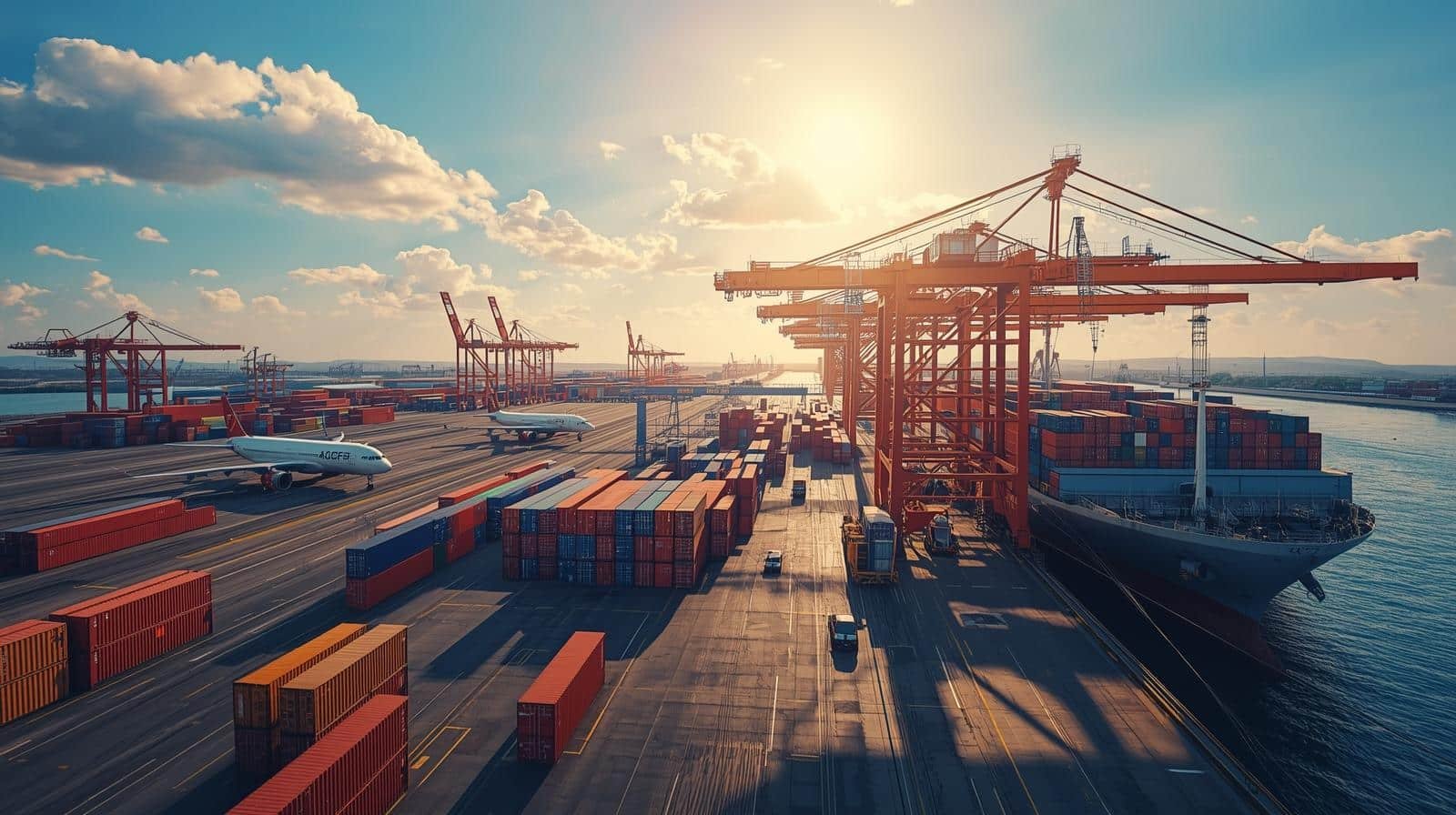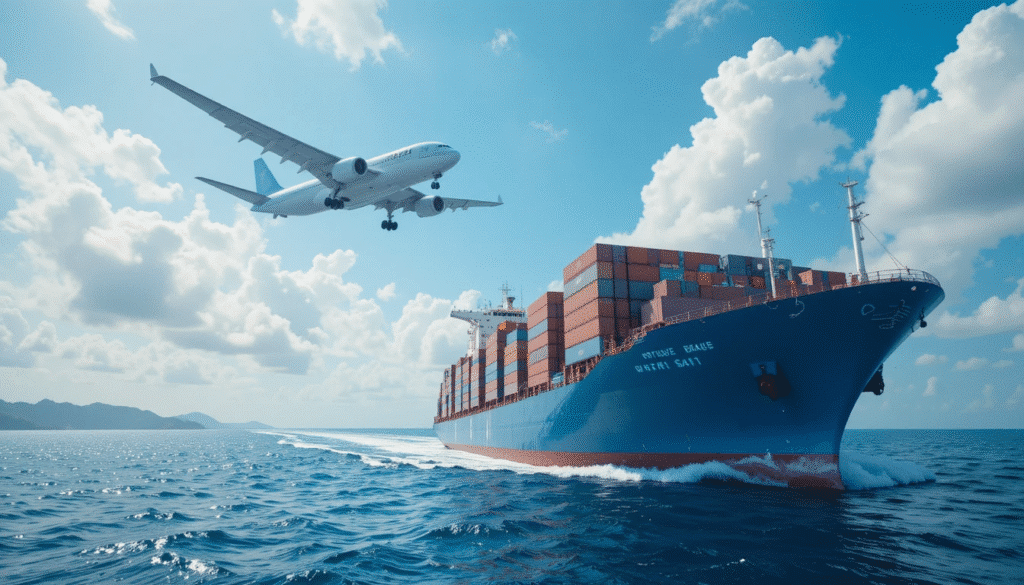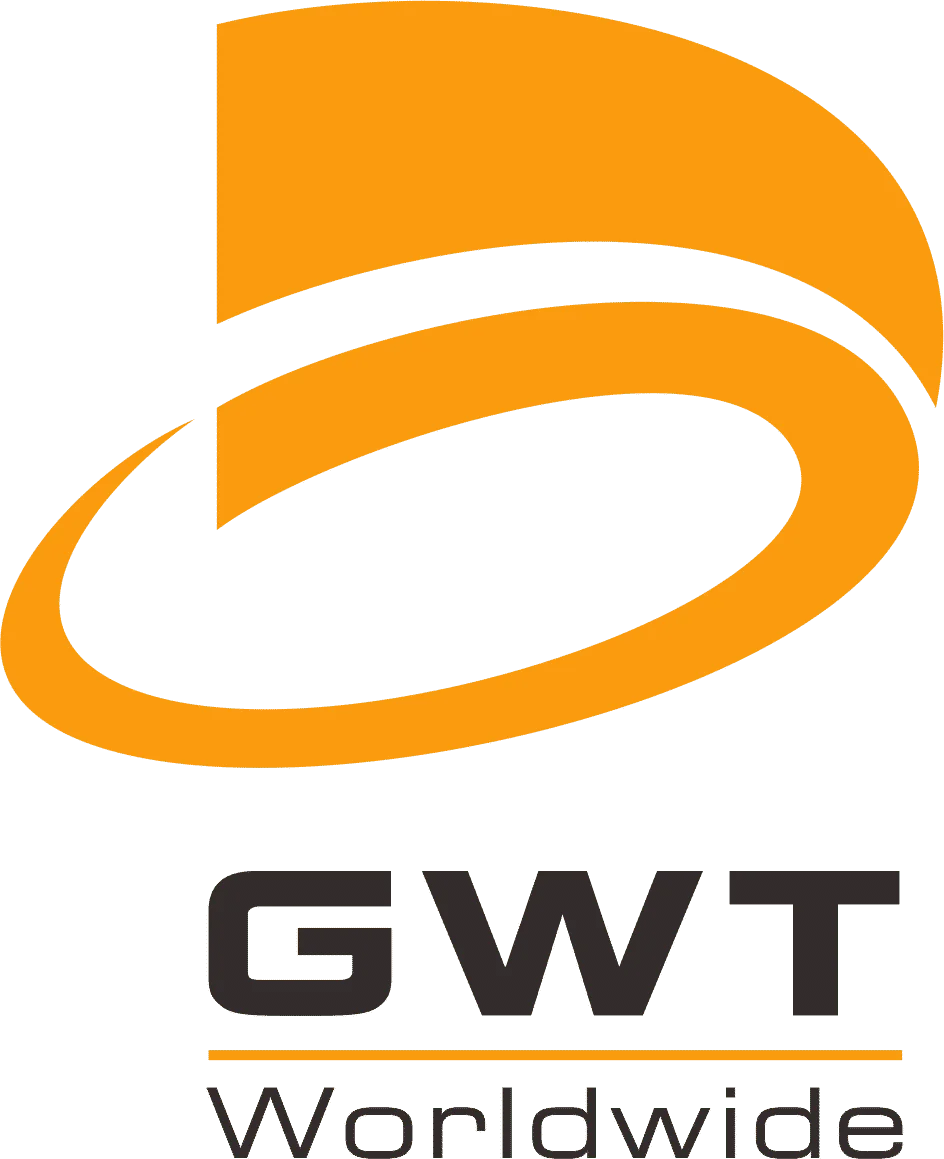China to Indonesia: Ocean Shipping for Large Imports 2025
By Guanwutong / October 25, 2025
For high-volume importers and multinational enterprises, the movement of large, multi-SKU shipments from China to Indonesia represents one of the most critical and complex trade lanes in Southeast Asia. Achieving reliable on-time performance across this corridor is not a matter of luck, but a function of rigorous planning and end-to-end control.
Predictable timing and controllable landed costs are non-negotiable prerequisites for scalable supply chains. Success relies entirely on partnering with a seasoned logistics firm capable of managing the entire journey, from the origin factory floor in China to the final Indonesian distribution hub in Jakarta (Tanjung Priok), Surabaya, or Semarang.
This expert guide outlines the proven strategies, disciplined pricing structures, and robust operational patterns necessary to transform the complexity of China ocean shipping company selection and execution into a source of competitive advantage for your business.

1. The Strategic Core: Prioritizing Predictability over Speed
For large distributors and manufacturers, the core objective is stability. Reliability, not raw speed, is the strategic capability that prevents costly ripple effects in production and inventory.
Defining Performance with KPIs
A truly reliable China ocean shipping company must back its claims with Key Performance Indicators (KPIs). When selecting a partner, demand the following data:
| KPI Metric | Benchmark for Excellence | Strategic Impact |
|---|---|---|
| ETA Accuracy | Consistently ≥ 95% on major lanes | Stabilizes JIT (Just-in-Time) inventory management. |
| Disruption Recovery | Contingency alternative secured within 48 hours | Minimizes impact of port congestion or vessel skipping. |
| Origin Dwell Time | Average $24-36$ hours (after cargo ready) | Reduces exposure to pre-shipment delay risk. |
| Customs Clearance Time | ≤72 hours (post-arrival, pre-approved) | Accelerates time-to-market in Indonesia. |
Tip: Request route-specific on-time track records (e.g., Shanghai to Tanjung Priok) and a documented SOP (Standard Operating Procedure) for delay scenarios.
2. Mastering End-to-End Control: The One-Stop Solution
A door-to-door solution eliminates the risk inherent in fragmented logistics where control is lost during handoffs. A comprehensive solution must control all three phases:
Phase A: Origin Consolidation
For importers receiving goods from multiple Chinese suppliers, consolidation is crucial for cost-control.
- The Consolidation Playbook: The partner collects batched origin shipments from various cities (Shenzhen, Ningbo, Shanghai) into a single facility, optimally loads them into one Full Container Load (FCL), and prepares a single Bill of Lading (B/L). This maximizes container utilization and significantly reduces the total administrative burden and overall China freight cost.
- Documentation Alignment: Draft B/L, commercial invoices, and Certificates of Origin (COO) must be prepared and aligned with Indonesian requirements before the vessel sails.
Phase B: Ocean Leg Stability
We focus on dedicated service loops and secured space. For inquiries like “how long shipping from china to indonesia”, the port-to-port transit typically ranges from 7–14 days. However, total lead time is dictated by carrier contracts and space commitments, especially during peak seasons.
Phase C: Destination Management (Indonesia)
The final test of reliability relies on local expertise to bypass common Indonesian bottlenecks. This includes:
- Fast Customs & Taxes Handling: Managing complex Indonesian import procedures and taxes, followed by efficient deconsolidation (for LCL) at the destination warehouse.
- Last-Mile Execution: Coordinating specialized inland trucking and delivery to your warehouse or distribution center in Jakarta, Surabaya, or Semarang.

3. Total Cost Transparency: The All-in Pricing Structure
For large-volume importers, cost certainty is achieved through a transparent, all-in quote that leaves no room for surprise charges upon arrival.
Price Models and Terminology
Binding All-in Quote: Insist on a line-item price that explicitly includes all fixed and variable charges.
Correct Terminology: Ensure clear delineation of duties and taxes:
- DDP (Delivered Duty Paid): The seller/forwarder handles all duties, taxes, and import clearance fees.
- DDU/DAP (Delivered Duty Unpaid/at Place): The buyer (importer in Indonesia) is responsible for duties, taxes, and final clearance upon arrival. Ensure there is no confusion between DDU and DDP. For official information on Indonesia’s import taxes, duties, and customs procedures, refer to the Directorate General of Customs and Excise (DJBC).
| Cost Component | Inclusions | Note |
|---|---|---|
| Origin Charges | Inland trucking, Export Clearance, Terminal Handling Charges (THC) | Avoids surprise fees in China. |
| Freight Charges | Base Ocean Freight, BAF, CAF | The variable cost components. |
| Destination Charges | Import Clearance Fee, Duties/Taxes (if DDP), Port/Local THC | Crucial for calculating total landed cost. |
Negotiation Playbook: For high volume, negotiate volume-based pricing and long-term carrier space commitments to stabilize costs against market volatility. This helps answer the question, “shipping china to indonesia price”, with greater certainty.
4. Proactive Service: The Risk Mitigation Playbook
A modern forwarder’s main value lies in anticipating and managing risks before they disrupt your supply chain, ensuring timely deliveries, predictable costs, and smooth operations for high-volume shipments.
SOPs that Deliver Reliability
- Pre-Approved Alternatives: A robust SOP includes pre-approved alternative routing and contingency triggers. If a vessel is facing heavy congestion at its previous port, the forwarder should already have secured a booking on a substitute carrier or a strategic routing adjustment to bypass the congested leg.
- Actionable Alerts: Status updates should be milestone-based (e.g., “Cargo at CFS,” “Vessel Sailed,” “Customs Cleared”), with automated alerts specifically flagging potential Detention (container use) or Demurrage (port storage) risks that require immediate action from the Indonesian consignee.
- Real-World Patterns: Timely document transmission to carriers and early cooperation with Indonesian customs brokers are non-negotiable patterns that reduce processing delays.
For any questions, feel free to contact GWT Shipping. Our team will provide professional, standards-compliant advice tailored to your specific needs.
5. The Indonesia Localization Advantage: Clearing the Final Hurdle
The final determinant of on-time delivery is the speed of Customs Clearance in Indonesia.
Why In-House Expertise Matters
- Control over Clearance: Favor forwarders with an in-house Indonesia operations team or a rigorously managed, long-term local agent network. Handing the cargo off to the lowest-bid third-party upon arrival cedes all control over service quality and speed.
- Regulatory Alignment: The local team must be intimately familiar with Indonesia-specific import regulations, including:
- Licensing & Certifications: Ensuring compliance for regulated cargo (e.g., electronics, plastics) that require specific import licenses before the cargo departs China.
- Packaging and Labeling: Ensuring all requirements align with Indonesian import standards to prevent clearance holds.
Proactive Compliance Check: The best partners collaborate with Indonesian customs brokers for pre-clearance consultation and document verification, ensuring data quality in the Bill of Lading and commercial invoices to accelerate release upon vessel arrival at Tanjung Priok or Surabaya.
6. Technology and Visibility: The Data Stack
Supply chain resilience in the China to Indonisia ocean shipping lane demands transparency.
- End-to-End Tracking: Visibility should provide a user-friendly portal detailing every status point:
pickup → departure → sailing → arrival → clearance → last-mile delivery
- Integration: Look for tools that allow ERP/WMS integration for seamless planning and inventory control, moving data from the forwarder’s system directly into your own.
Conclusion
For large-scale importers, the successful move from China to Indonesia is achieved through a logistics partnership built on four non-negotiable pillars: Guaranteed Predictability, End-to-End Control (especially through consolidation), Total Price Transparency, and a Proactive Risk Framework backed by strong local expertise.
When these capabilities are aligned, your supply chain remains resilient, your costs stay predictable, and your business growth stays unblocked.
FAQ
Typical port-to-port transit is 7–14 days. However, the total door-to-door time is determined by port congestion, customs clearance speed, and carrier space guarantees (FCL vs. LCL).
Look for evidence of long-term, guaranteed space contracts (often called “soft blocks”) with major carriers. Demand performance data showing on-time rates by specific lane and season.
Stabilize costs by leveraging cargo consolidation to maximize container utilization, securing volume-based discounts, and negotiating long-term space commitments to hedge against volatile spot market rates.
Yes, goods purchased on Alibaba can ship to Indonesia. The buyer must, however, ensure clear Incoterms are defined (e.g., FOB, Ex Works) and that a capable freight forwarder is assigned to manage the end-to-end logistics, especially customs and taxes in Indonesia.
Compare itemized quotes that include Origin Trucking/Clearance, Base Freight, Fuel/Currency Surcharges (BAF/CAF), and all Indonesia Destination Charges (THC, Duties, Taxes, Last-Mile Delivery). Insist on a truly all-in number.
Essential documents include the Commercial Invoice (CI), Packing List (PL), and Bill of Lading (B/L) or Air Waybill (AWB). Indonesia may also require a Certificate of Origin (COO) for preferential tariff treatment and specific Import Licenses (API-U/API-P) or technical approvals for regulated goods (e.g., electronics requiring Postel/SNI certification).
For special cargo, the forwarder must confirm specialized handling capacity, ensure compliance with IMO (Dangerous Goods) regulations for batteries, and coordinate necessary Indonesia-specific product certifications (like SNI or SDPPI for electronics) before shipment. Proactive classification is key to avoiding delays.
You should expect a user-friendly online portal providing real-time tracking of the Bill of Lading (B/L) and key milestones. This includes automated alerts for potential issues like Detention or Demurrage, providing you with immediate, actionable data to prevent unforeseen costs and delays.
Ready to streamline your China-Indonesia shipping for high-volume imports?
